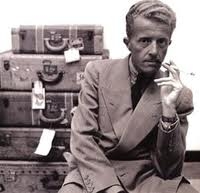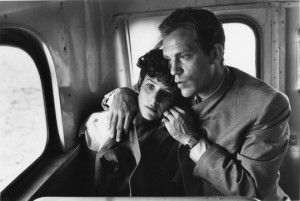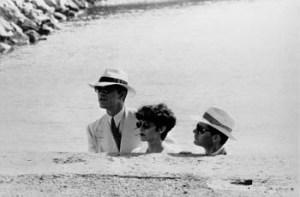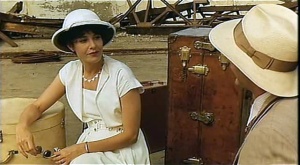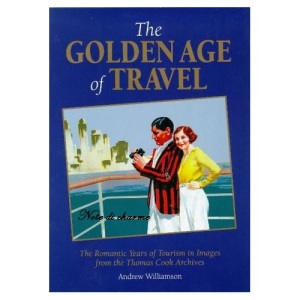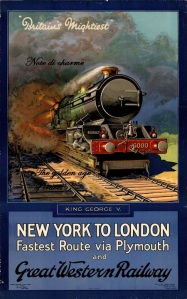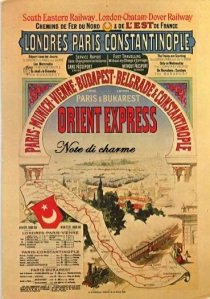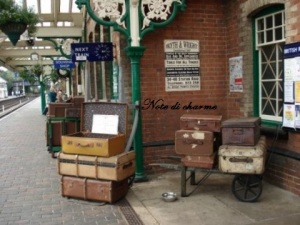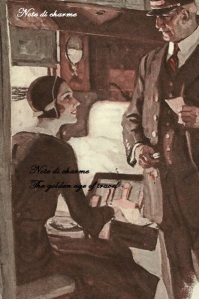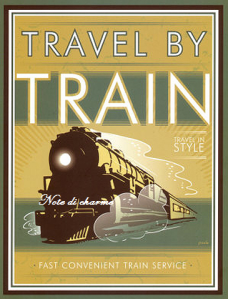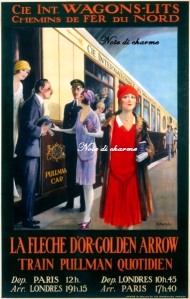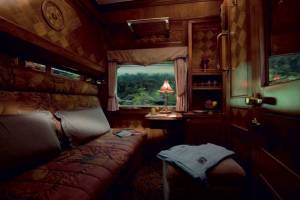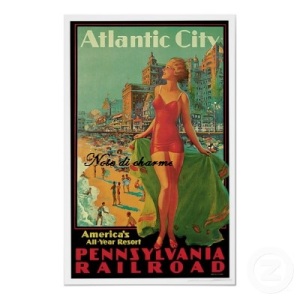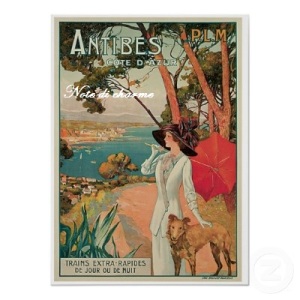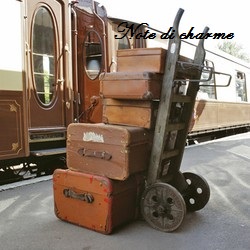Da “Il tè nel deserto”
From “The sheltering sky”
Paul Bowles
C’è una storia che raccontano i beduini, la storia di Outka, Momouna e Aicha, tre ballerine, che hanno come unico desiderio quello di bere il tè nel Sahara. Un giorno si mettono in viaggio con una carovana di mercanti . Giunte nel deserto vanno alla ricerca della duna più alta e arrivate si riposano prima di bere il tè. Colte dalla stanchezza si addormentano e la sabbia riempie i loro bicchieri e copre i loro corpi.
” E’ curioso”,continuò la signora Ferry. ” Il deserto è un posto così grande , eppure niente va veramente perduto, mai”.
Il narratore (Paul Bowles)
“Poichè non sappiamo quando moriremo, si è portati a credere che la vita sia un pozzo inesauribile; però tutto accade solo un certo numero di volte, un numero minimo di volte. Quante volte vi ricorderete di un certo pomeriggio della vostra infanzia, un pomeriggio che è così profondamente parte di voi che senza neanche riuscireste a concepire la vostra vita – forse altre quattro o cinque volte, forse nemmeno. Quante altre volte guarderete levarsi la luna – forse venti – eppure tutto sembra senza limite.”
“Death is always on the way, but the fact that you don’t know when it will arrive seems to take away from the finiteness of life. It’s that terrible precision that we hate so much. But because we don’t know, we get to think of life as an inexhaustible well. Yet everything happens a certain number of times, and a very small number, really. How many more times will you remember a certain afternoon of your childhood, some afternoon that’s so deeply a part of your being that you can’t even conceive of your life without it? Perhaps four or five times more. Perhaps not even. How many more times will you watch the full moon rise? Perhaps twenty. And yet it all seems limitless.”
Paul Bowles, The Sheltering Sky
“How many more times will you remember a certain afternoon of your childhood, some afternoon that’s so deeply a part of your being that you can’t even conceive of your life without it? Perhaps four or five times more. Perhaps not even that. How many more times will you watch the full moon rise? Perhaps twenty. And yet it all seems limitless.”
Paul Bowles, The Sheltering Sky
“The soul is the weariest part of the body.”
Paul Bowles, The Sheltering Sky
 Kit Moresby
Kit Moresby
A volte penso che questo sia il nostro vero errore: credere di avere tutto il tempo che vogliamo. Che il tempo in realtà non esista…
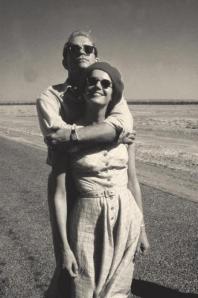 Port Moresby
Port Moresby
Non siamo mai riusciti a immergerci nella vita fino in fondo. Ci teniamo aggrappati all’esterno delle cose… come se avessimo paura di cadere.
“the sky here’s very strange. I often have the sensation when I look at it that it’s a solid thing up there, protecting us from what’s behind . . . [from] nothing, I suppose. Just darkness. Absolute night.”
Paul Bowles, The Sheltering Sky
“[A]nother important difference between tourist and traveler is that the former accepts his own civilization without question; not so the traveler, who compares it with the others, and rejects those elements he finds not to his liking.”
Paul Bowles, The Sheltering Sky
